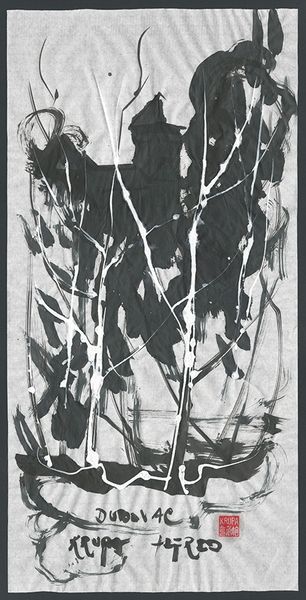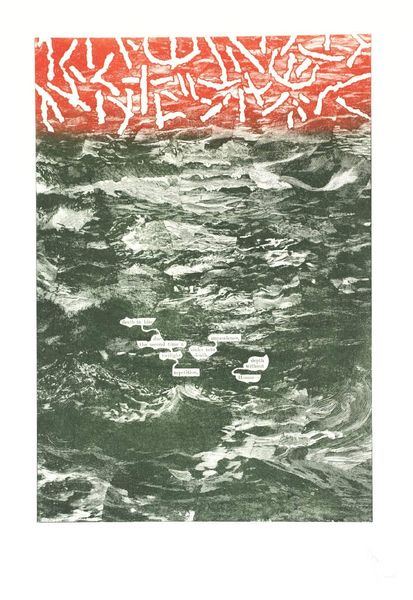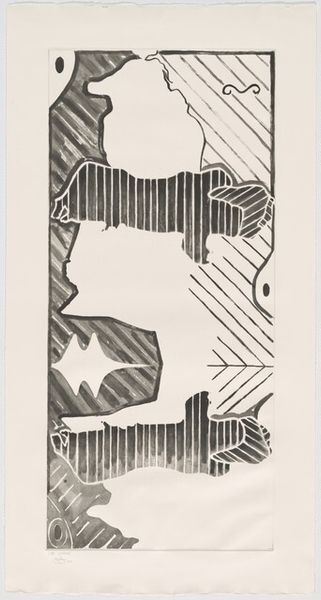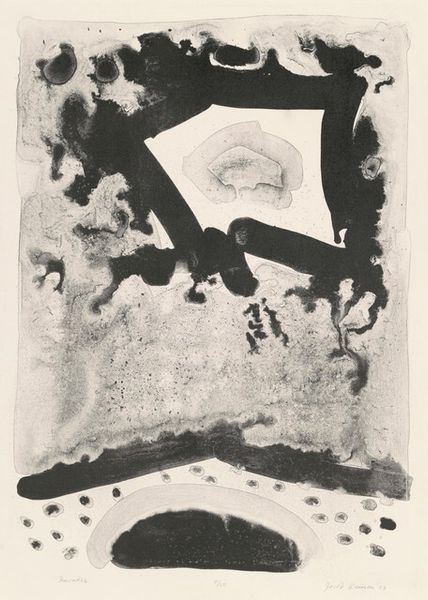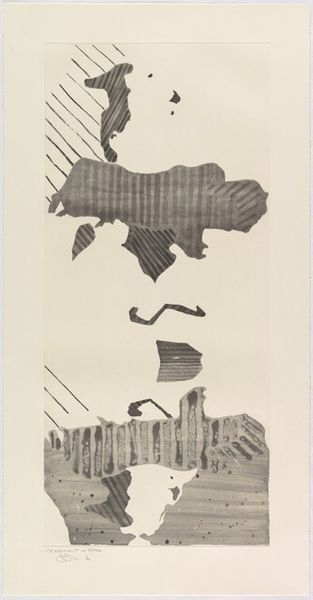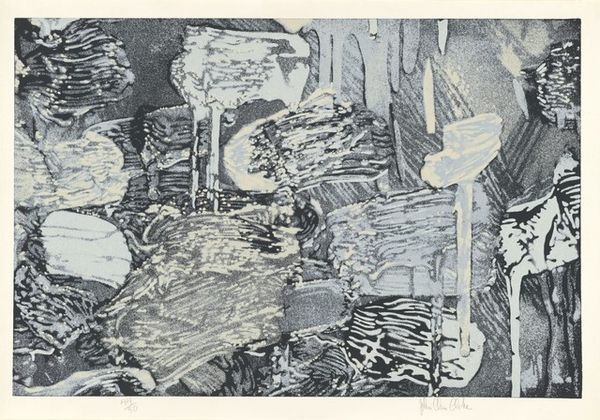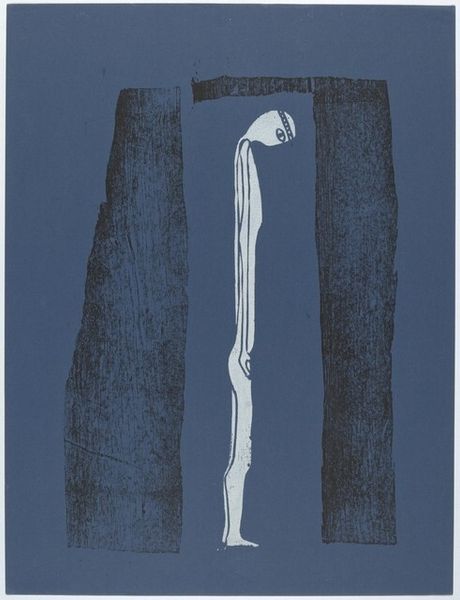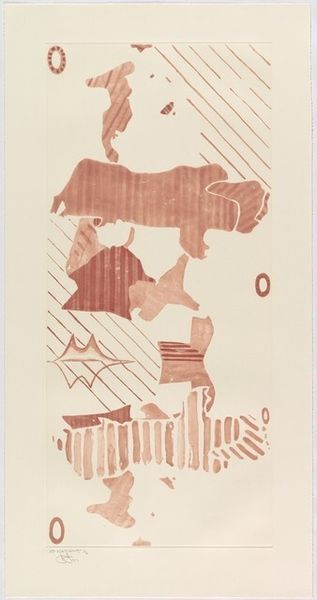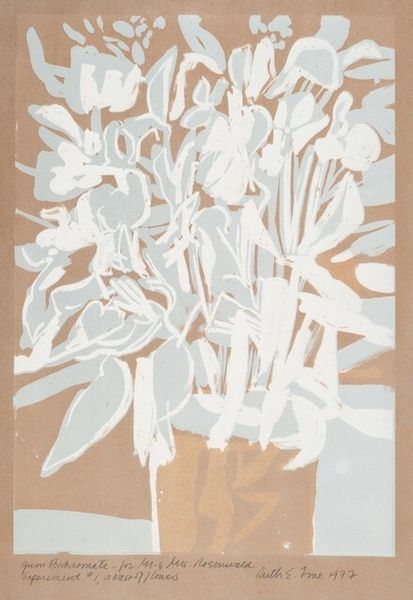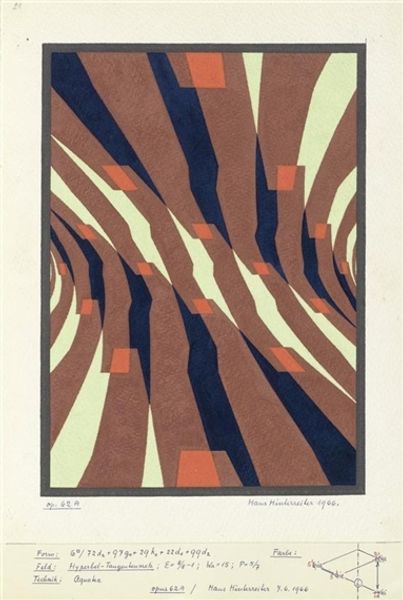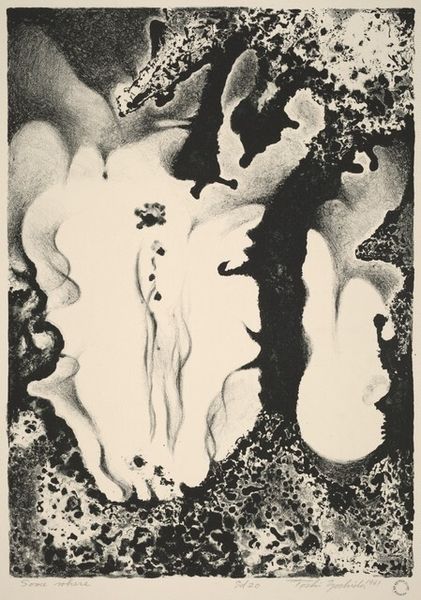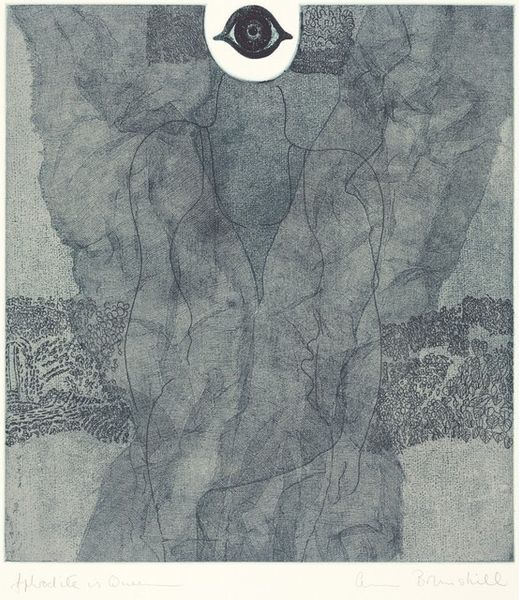
print, etching
#
abstract-expressionism
# print
#
etching
#
linocut print
#
abstraction
#
line
#
modernism
#
monochrome
Copyright: National Gallery of Art: CC0 1.0
Editor: So, this is "Movements in White," an etching by Mark Tobey from 1970. The monochrome palette and abstracted forms give it a sense of quiet tension. What do you see in this piece, especially considering its historical context? Curator: What I see is a reflection of Tobey's engagement with both Western modernism and Eastern philosophies, particularly Zen Buddhism. The delicate lines and use of negative space speak to a desire for balance and harmony. Consider the time this piece was created: 1970. It’s post-civil rights movement, amid rising anti-war protests and growing social unrest. Do you think this aesthetic choice, of simplicity and meditation, might be a response to that era? Editor: That’s a compelling point. It’s easy to get lost in the formal qualities, the abstract expressionism, and overlook the potential for social commentary. Maybe this pared-down aesthetic offered a counterpoint to the chaos of the time? A way of seeking peace amidst turmoil? Curator: Precisely. Tobey wasn’t explicitly a political artist, but his spiritual explorations can be interpreted as a subtle form of resistance. How might prioritizing inner peace and reflection challenge the dominant, often destructive, narratives of the time? How does quiet contemplation have the power to influence broader cultural shifts? Editor: I never thought of it that way. I always considered abstract art separate from political action. Now, I’m realizing that quiet reflection itself can be a powerful form of activism, pushing back against the status quo. Curator: Exactly! It reveals the limitations in the mainstream history of art and opens opportunities for a broader, intersectional perspective. Editor: Well, that’s certainly given me a lot to think about. It goes to show how much history and the artist's mindset plays into artwork that would otherwise appear as 'just lines'. Thanks! Curator: Indeed! The surface-level reading often masks a deeper meaning, that we uncover with historical and theoretical research.
Comments
No comments
Be the first to comment and join the conversation on the ultimate creative platform.
